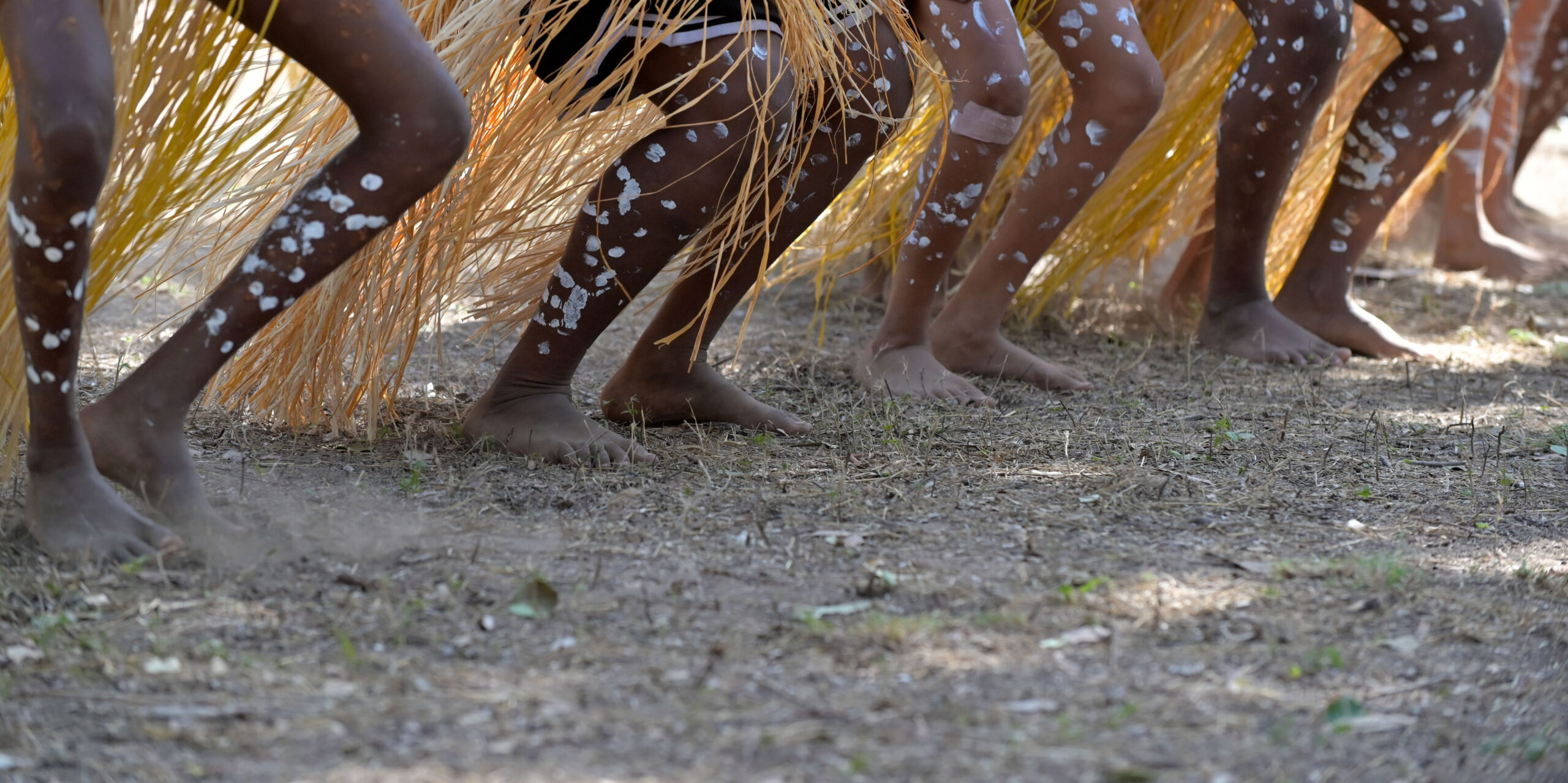REFLECTION: A Good Example
22 July 2025

Reflection by Rev Dr Clive Ayre.
The term “Good Samaritan” has entered every-day language to describe anyone who does another person a good turn. But I wonder how many are aware that it is one of Jesus’ better-known parables. Its popularity stems from the simple form of religion that it appears to promote. As a bonus, the churchgoing “religious” people fail to act, and it is left to a foreigner to do what they should have done. So, it is suggested, “all the creed this old world needs is that of being kind.”
In Luke 10:25-37, Jesus presents us with a good example; even though there is a little more involved than merely “being kind”. We need to view this story from the vantage point of the key characters – the victim, the Priest and the Levite, and the Samaritan. But in order to hear the underlying message, we will focus on the Samaritan.
We need to try to grasp the horror that Jesus’ story would have evoked in his Jewish hearers. There was a sharp contrast between the highly respectable lawyer and the socially outcast Samaritan. As Alan Culpepper says, “By depicting a Samaritan as the hero of the story, Jesus demolished all boundaries. Social position, race, religion, and politics count for nothing. “The man in the ditch, from whose perspective the story is told, will not discriminate among potential helpers.”
From the Samaritan we discover Jesus’ question, as in a modern hymn: “When I needed a neighbour, were you there, were you there?” Then there is the refrain: “And the creed and the colour and the name won’t matter, were you there?” As Australians and in the context of world need, that presents us with some crucial contemporary questions! Jesus’ vision was of the kingdom of God, of a society that is more compassionate than ours tends to be. There are just two rules of that society – love God and love one’s neighbour. But we find that today we might have to break the rules to some extent if we want to follow Jesus’ example.
But the emphasis of this story is, “go and do likewise”. When we turn to the story of Mary and Martha, which is also responding to the same Great Commandment, Mary is praised for sitting and listening. So which is it? Go and do, or sit and listen? The answer, of course, is that the life of discipleship requires both; for unless we take the time to sit and listen to the Lord, we will not have the motivation or the capacity to “go and do”.
Mother Teresa quoted the words of St Teresa of Avila, by which she lived: “Christ has no body on earth now but yours, no hands but yours, no feet but yours. Yours are the eyes through which to look out Christ’s compassion to the world. Yours are the feet with which he has to go about doing good, and yours are the hands with which he is to bless us now.” That, I think, captures the motivation and the radical obedience of Jesus’ “good example”, and lights up the path that we also are intended to walk.
Discipleship
Discipleship & Mission
Children, Youth, Young Adults and Families
Journey
Latest stories
Browse the latest stories of the Church


